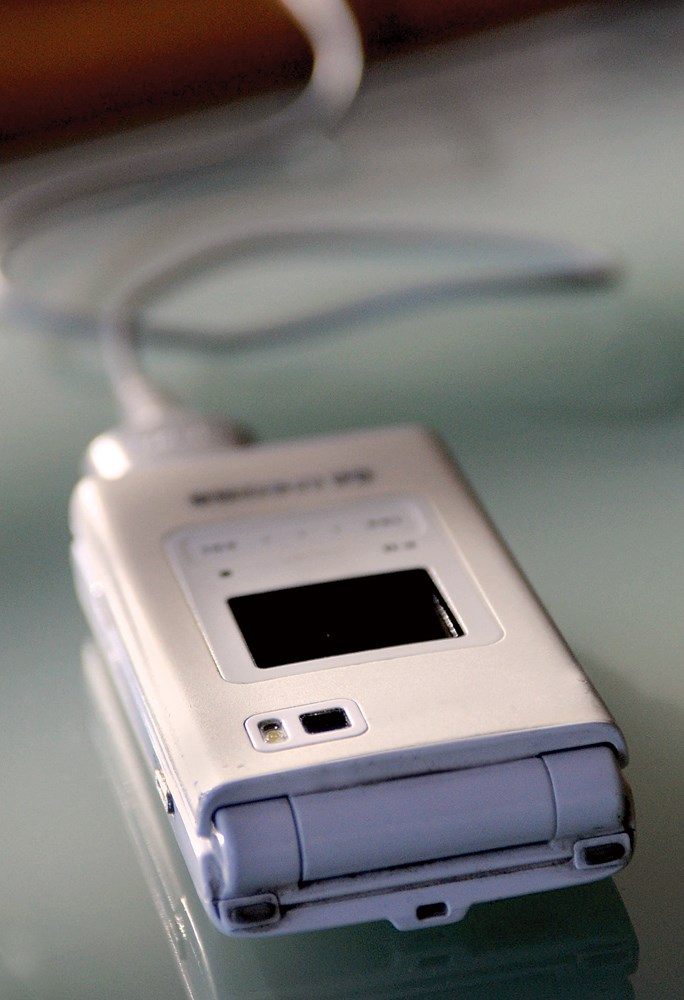Sitting at my kitchen table off Grand Boulevard in North Vancouver, my laptop picks up three wireless networks.
When I lived in a highrise near Park Royal, I routinely would see 20 or more pop up. If I take a stroll down Lonsdale, it seems like just about every business has its own; plus my Internet provider has blanketed the area with its wireless network, making it ever easier to jump online.
The convenience is remarkable. But still, I can't help but feel wary. All of these signals, bouncing around: wireless coverage, lightning speed cellphone networks, smart meters, standard EMFs. .. our bodies sitting in the middle.
Most of us are not strangers to the smart meter debate. I walked by a home the other day with eight No Smart Meter signs on its various doors. The group Citizens for Safe Technology has created action kits for Wi-Fi, smart meters, cell towers and cellphones that state its concern about the exponential increase in public exposures to potentially harmful wireless technologies. However, BC Hydro defends its technological achievement, stating that the exposure to radio frequency from a smart meter, over its entire 20-year life span, is less than a single 30-minute cellphone call.
Many, including the World Health Organization, deny that we are at risk within our modern world. The WHO publicly states: Based on a recent in-depth review of the scientific literature, the WHO concluded that current evidence does not confirm the existence of any health consequences from exposure to low-level electromagnetic fields. However, some gaps in knowledge about biological effects exist and need further research.
And it's the gaps that worry me. I am certain that when I turn down the dimmer switch in our bedroom, the light actually buzzes, and am pretty sure I detect a high-pitched ringing when my cellphone is on charge. These items are dwarfed by our very near future filled with smart networks, sensor networks, smart buildings and self-driving cars. From my perspective, the gap WHO mentions is that all of these technologies have not been around for long enough to know the greater effects on our collective health.
In the meantime, there are a handful of principles commonly used to limit EMF, wireless and radiation exposure when building a new home. People embarking on construction should have a thorough discussion with their contractor to communicate their wishes, understanding that their desires will certainly translate to extra project cost.
The safest option to decrease EMF exposure is to distance oneself from it as much as possible. This can affect not only one's decision on where to build his/her home (in relation to transfer stations, cell towers, etc.), but also how the home is laid out within the interior. The kitchen and media room are a home's technological epicentres, while the bedroom is traditionally designed to function as a safehaven from technology. In this regard it is best to keep the kitchen, media room, office and mechanical room grouped together within the home, and sitting as far away (vertically and horizontally) as possible from the bedroom(s).
Furthermore, the permeability of the house's membrane affects the overall shielding to exposure. As builders, our company has experienced that steel cladding and roofing can virtually eliminate radiation, wireless, cell coverage and EMFs from external sources. On the interior of the home, limiting exposure can be achieved by hardwiring your computers, using corded phones, eliminating dimmer switches, installing master kill switches (used to turn off circuit zones during sleep hours, etc.), and running wiring through well-shielded rigid conduit in patterns that do not encircle bedrooms.
Dalit Holzman is a team member at Econ Group Construction. Find her at [email protected] or econgroup.ca.



